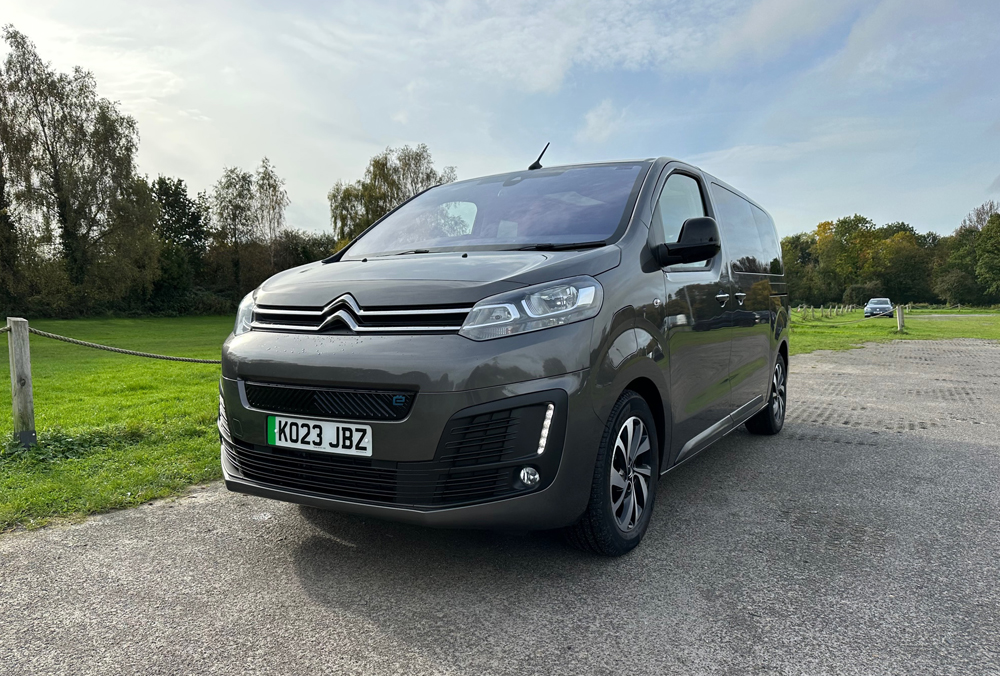
Toyota
Proace
The Toyota Proace is a practical van that is available in diesel or fully-electrified guise. It is the model that marked Toyota’s entry into the compact van segment and is billed as ‘the van that’s fit for the job’.
![]()
![]()
![]()
![]()
The good
Practicality, style and handling. And available in electric format.The bad
Pricey in the EV guiseTech Specs
Test Drive
Toyota Proace Electric Icon (2022)
The electric van arena is gaining momentum with Toyota launching its first model into the sector – and it’s rather good.
With the ever-increasing number of low emission and Congestion Charge zones, business owners have to look at ways to cut costs.
And although electric vehicles have a price-tag that is higher than their diesel or petrol counterparts, the savings will soon stack up from lower day-to-day running costs, Government incentives and exemption from city tariffs. Owners will also escape the escalating diesel costs at the fuel pumps in favour of battery charging that can be timed when prices are lower, such as overnight.
The Toyota Proace Electric shares many of its foundations with Stellantis Group models Citroen e-Dispatch, Peugeot e-Expert and Vauxhall Vivaro-e. But it does have its own identity and appeal, not least of which is an eight-year, 100,000-mile battery warranty.
The Proace is still on sale in diesel guise and the Medium-sized van has proved most popular in the line-up. With that in mind, Toyota has carefully selected its electric model to capture as much attention from buyers as possible.
Therefore it is only available as a medium-sized model in Icon trim. But customers can select from two battery sizes that alter the driving range between charges. And they can also factor in an on-board charger for quicker battery boosts.
We tested the top-of-the-range Icon Medium with the larger 75kWh battery. Official figures show this model has a driving range between charges of 205 miles compared to the 142 miles offered by its sibling driven by smaller 50kWh battery packs.
The two lithium-ion battery packs are positioned beneath the floor and they power the front-mounted electric motors to drive the front wheels.
There is a single-speed automatic transmission and the acceleration out the blocks is smooth and instant. The Proace Electric can reach from 0-62mph in 12.1 seconds on the 50kWh model or 13.3 seconds with the 75kWh battery, as tested. Both have a maximum speed that is electronically limited to 80mph.
The road holding is impressive for a vehicle of its height and it is also well balanced through bends thanks to the additional battery weight that offers extra stability.
It is exceptionally refined at motorway speeds, although a little tyre rumble noise does begin to filter through.
There is a B setting on the gear selector to recoup energy through regenerative braking and there are three drive modes called Eco, Normal and Power that alter the power and torque levels available.
Eco does seem quite sluggish and tired, but Normal sharpens up the responses considerably. Power is ideal for overtaking or if the vehicle is fully laden or being used for towing.
When it comes to practicality, the Proace Electric is every bit as versatile as the diesel model with two rear opening doors, two sliding side doors that open wide enough for a pallet to be loaded. It has a one-tonne payload and, with a clever Smart Cargo load-through hatch system fitted as standard, it has an overall load length extending to 3.674 metres and a load capacity of 5.83m3. A partition protects occupants just in case some of the items being carried should slide forwards.
There are lots of additional storage compartments, including numerous practical trays, cup holders and deep door bins inside the cabin.
When it comes to design, the Proace Electric looks imposing with daytime running lights, cornering lights, black side protection mouldings, black bumpers and door mirrors, a temporary spare wheel and 16-inch steel wheels.
The upholstery is formed of a dark grey cloth and PVC combination which is practical and easily wiped clean and there are optional rubber mats, a plastic cabin floor lining and a passenger bench with two seats so there is room for three people side by side.
On-board creature comforts include full smartphone link up with Apple CarPlay and Android Auto, a four-speaker audio system with DAB tuner, Bluetooth, a pro-touch multimedia system with seven-inch display and WiFi connectivity.
The driver’s instrument binnacle has been adapted to show EV-specific data, including real-time energy flow levels, the battery charge levels and, most importantly, the remaining driving range.
All dials, controls and readouts are simple to use on the fly and comfort levels are good, albeit a little cramped up front. Anyone over six foot may find it all a little restricting.
But that aside, the Proace Electric impressed and with a number of charging options, it is a practical solution to the ever-growing costs of running a business van these days.
The Government’s Plug-in Van Grant has recently been reduced from £3,000 to £2,500 but there will be lots of savings for fleet owners.
When it comes to pricing the line-up ranges from £35,186 for the entry-level 50kWh model. Add an 11kW on board charger (OBC) and the cost increases to £35,311. The Proace Electric featuring the 75kWh battery is £39,895 increasing to £40,020 with the OBC. These prices are before any VAT or OZEV grant costs have been factored in.
The van also features plenty of safety kit, such as anti-lock brakes with brake assist and emergency brake distribution, vehicle stability control, hill-start assist, driver and passenger airbags, automatic high beam, adjustable speed limiter, tyre pressure warning, rear parking sensors and eCall.
Another area where this vehicle stands out from its rivals is the warranty. Toyota offers an eight-year, 100,000-mile battery warranty with the option to extend it further by adding an annual battery health check as part of the scheduled servicing plan.
Although the number of electrically-powered vans on our roads at the moment is quite negligible, the attraction is growing with so many outside factors stacking up against traditionally-powered models.
Latest Related NEWS
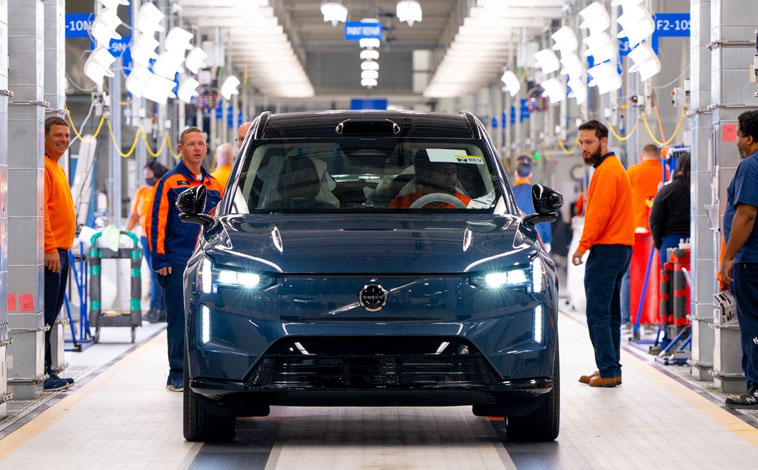
Volvo EX90 rolls off production line
Volvo is in a celebratory mood as its factory outside Charleston, South Carolina, [...]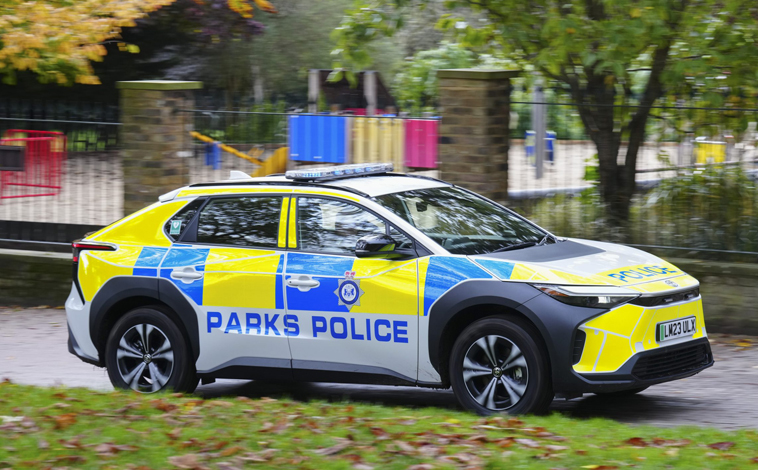
Toyota’s bZ4X is out on policing duties
The Toyota bZ4X has taken on its first “blue light” public service role, [...]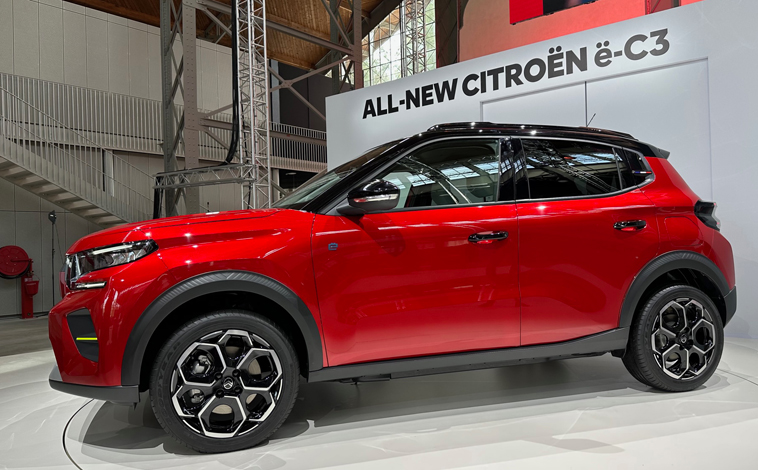
Citroen unveils its e-C3 game-changer
Citroen may not have reinvented the wheel, but it has certainly re-written the [...]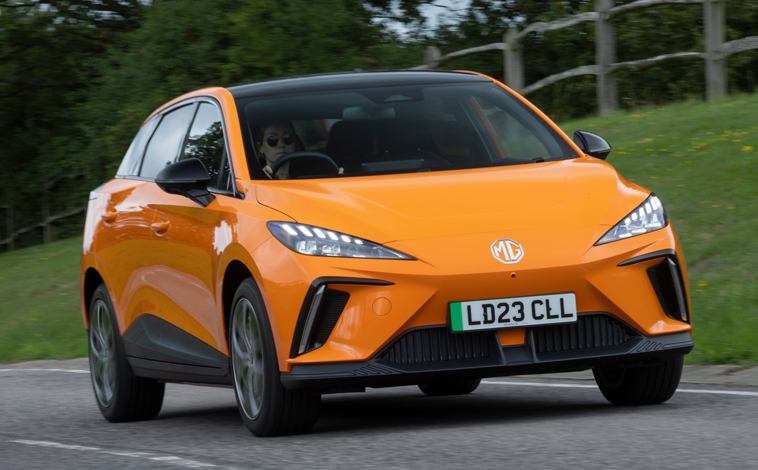
Latest MG4 EV can deliver 320-plus miles
MG has revealed the official pricing and specification of its new MG4 EV [...]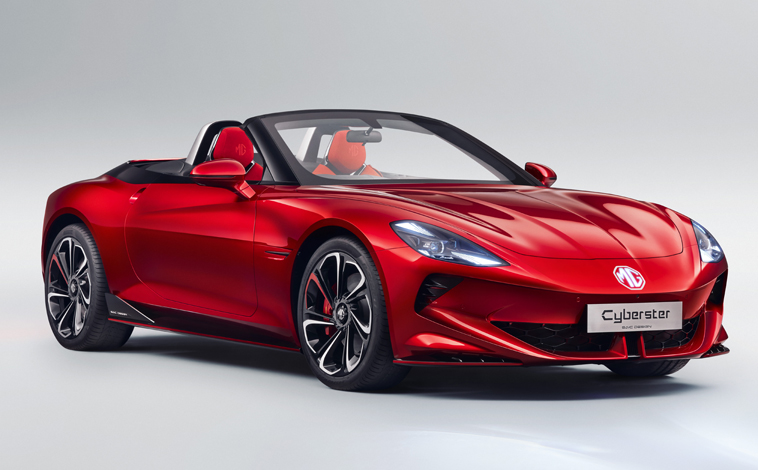
MG returns to its epic sports car roots
A pre-production design model of MG’s dramatic new sports car, the Cyberster, has [...]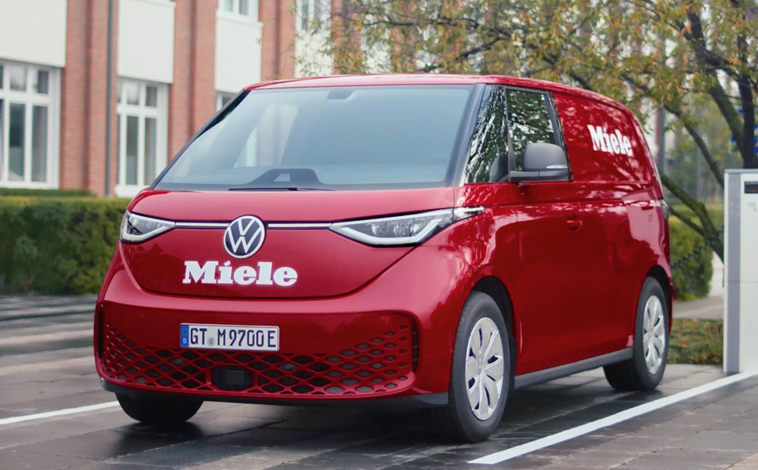
There’s a real Buzz about Miele vans
Premium household appliance manufacturer, Miele, has become the first customer to receive five [...]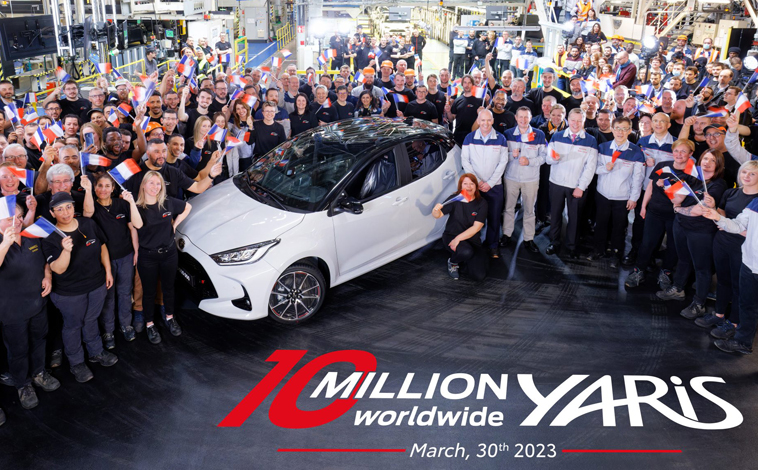
Yaris celebrates 10 million global sales
The ever-popular, multi-award-winning Yaris nameplate has reached 10 million cumulative worldwide sales, performance [...]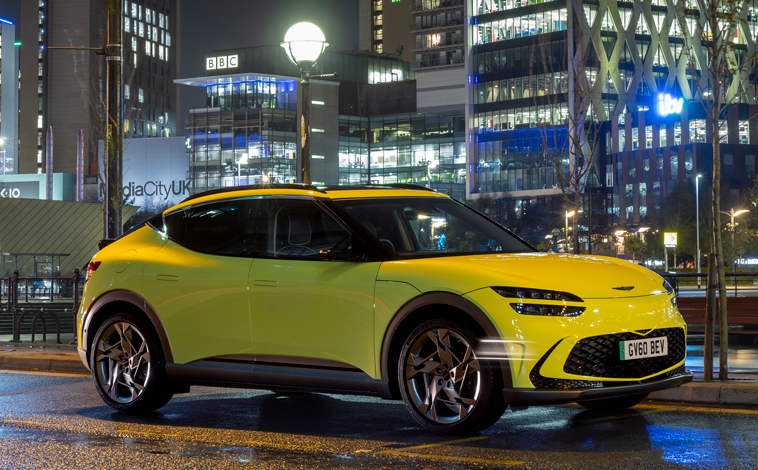
Genesis GV60 at the Salon Privé London
Luxury brand Genesis is the latest major car company to confirm its presence [...]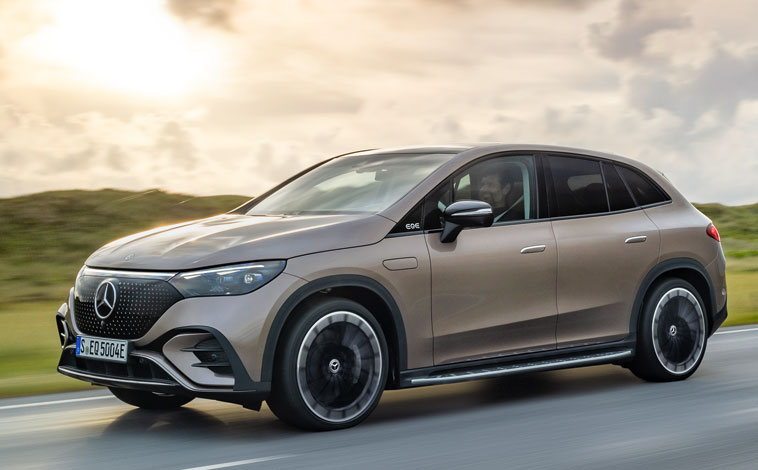
Mercedes electric EQE SUV on sale
The Mercedes-Benz EQE SUV is now on sale in the UK with prices [...]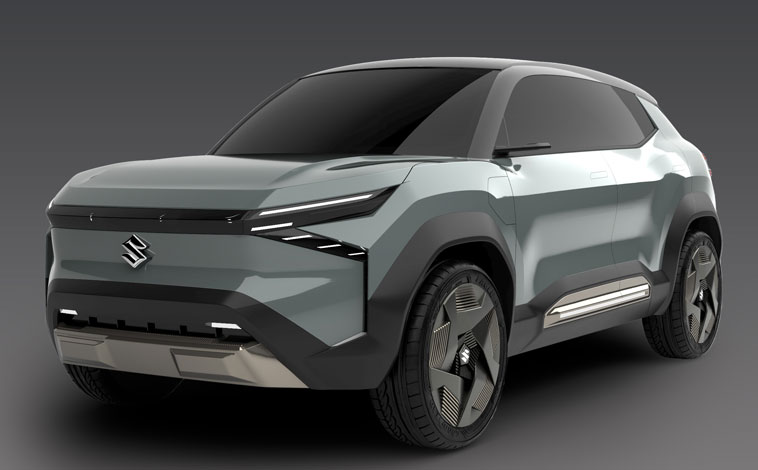
Suzuki’s EV concept car is unveiled
The world premiere of Suzuki’s EV concept model eVX has been made at [...]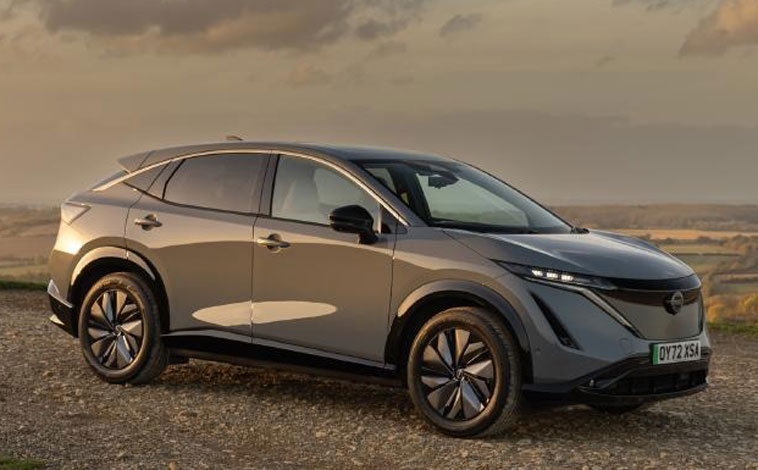
Nissan puts safety top of its priorities
Placing safety at the forefront of its ambitions, Nissan continues to push the [...]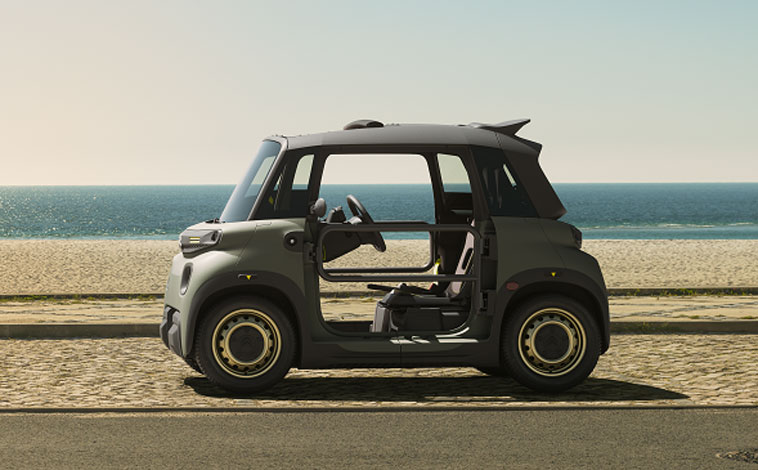
My Ami Buggy models are on their way
Citroën has announced that a limited run of just 1,000 My Ami Buggy [...]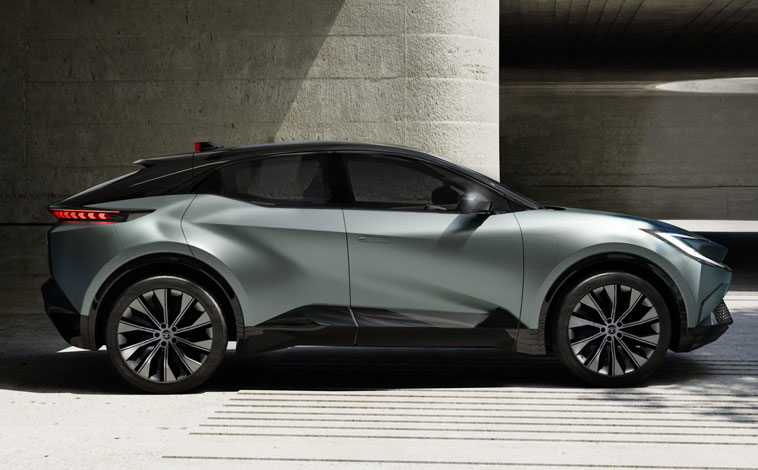
A look at Toyota’s electric concept SUV
The Toyota bZ Compact SUV Concept has made its European debut, giving a [...]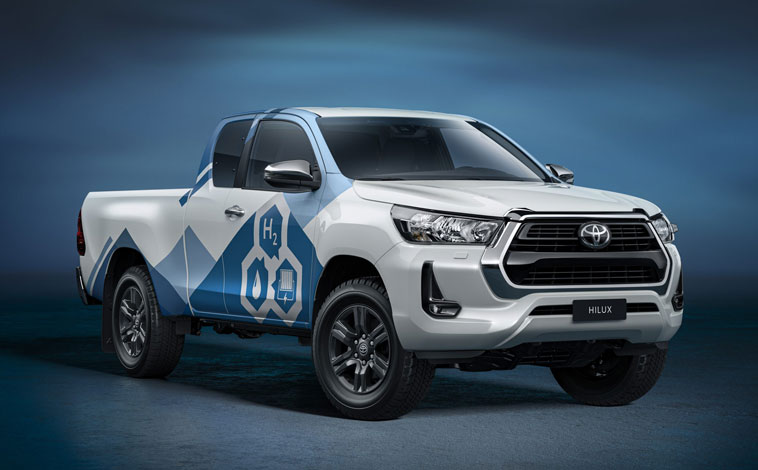
A hydrogen-powered Toyota pick-up
D2H Advanced Technologies is working as part of a consortium of leading British [...]
Volvo launches new seven-seater EV
Volvo is launching a seven-seat SUV that is fully electrified and boasts all [...]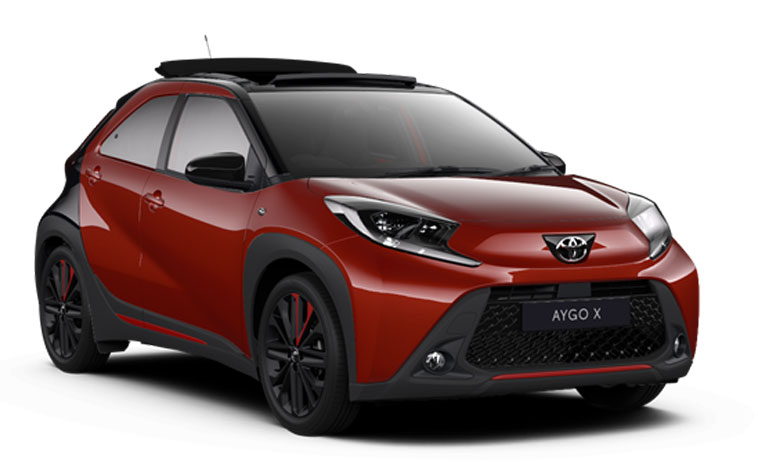
Open-top fun with new Aygo X model
Aygo X, Toyota’s muscular mini-SUV, opens up to the great outdoors with a [...]Related Reviews
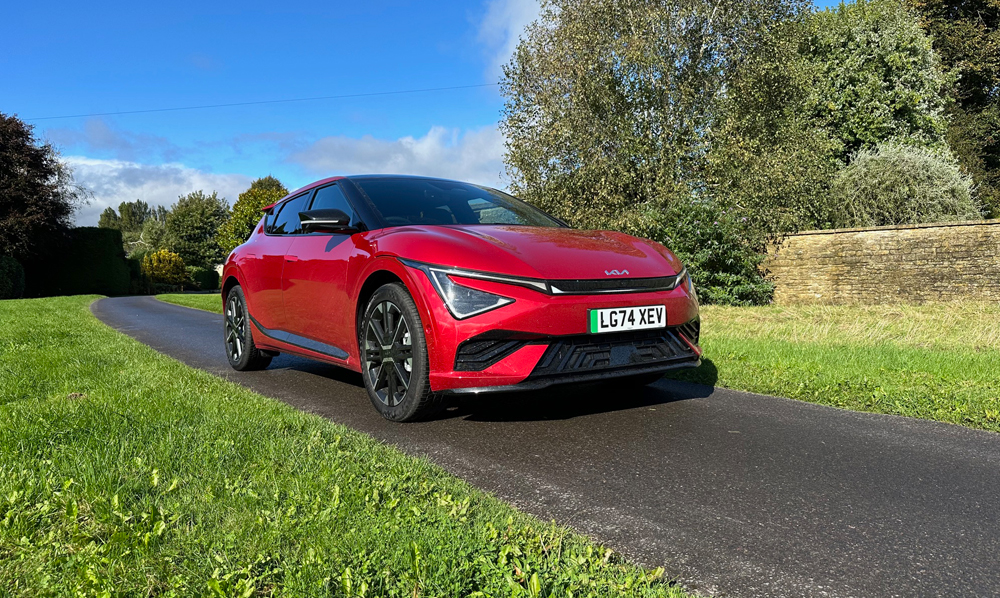
Highlighted Kia EV6
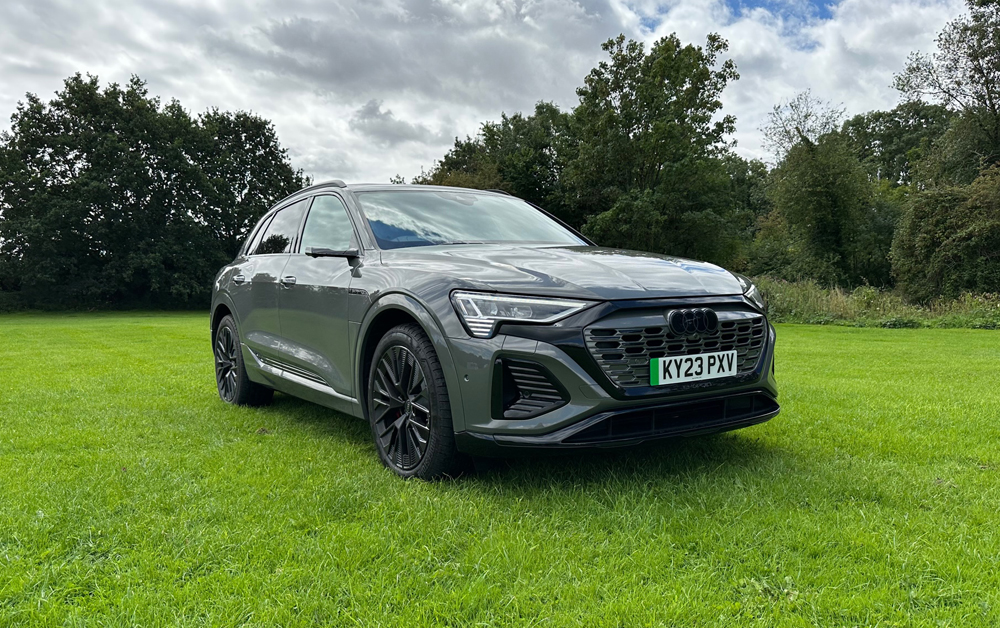
Audi Q8 e-tron
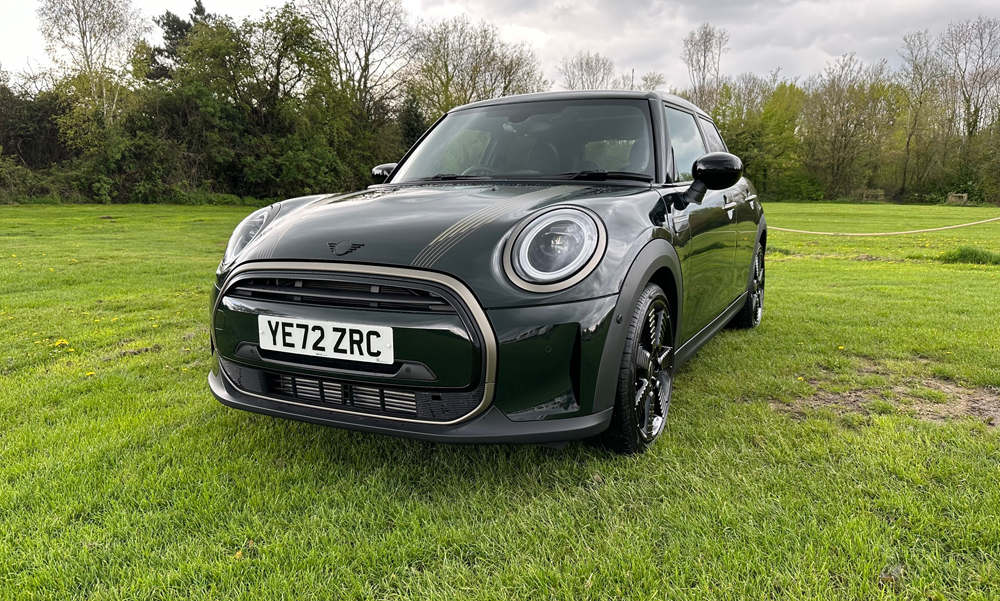
Mini Hatchback
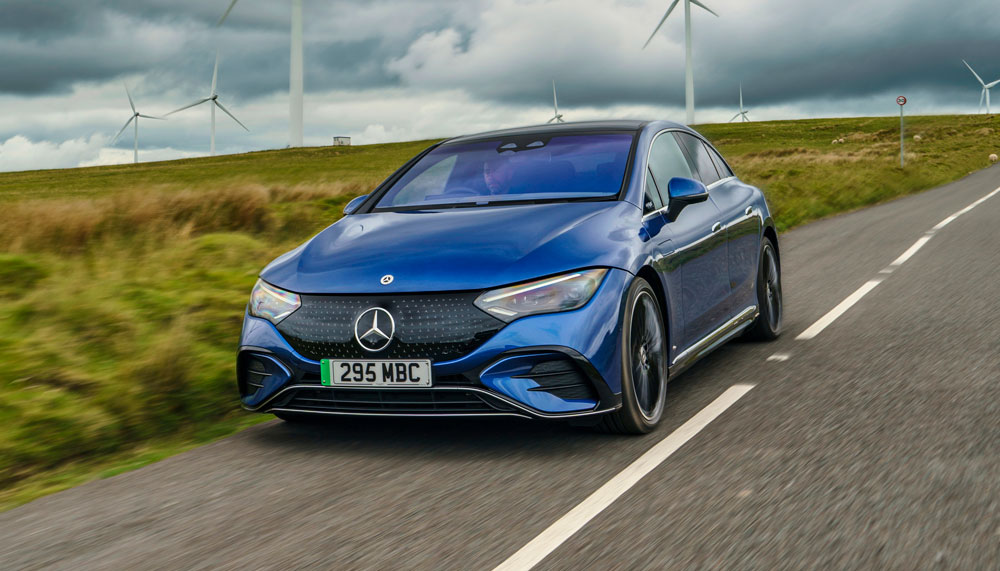
Mercedes-Benz EQE
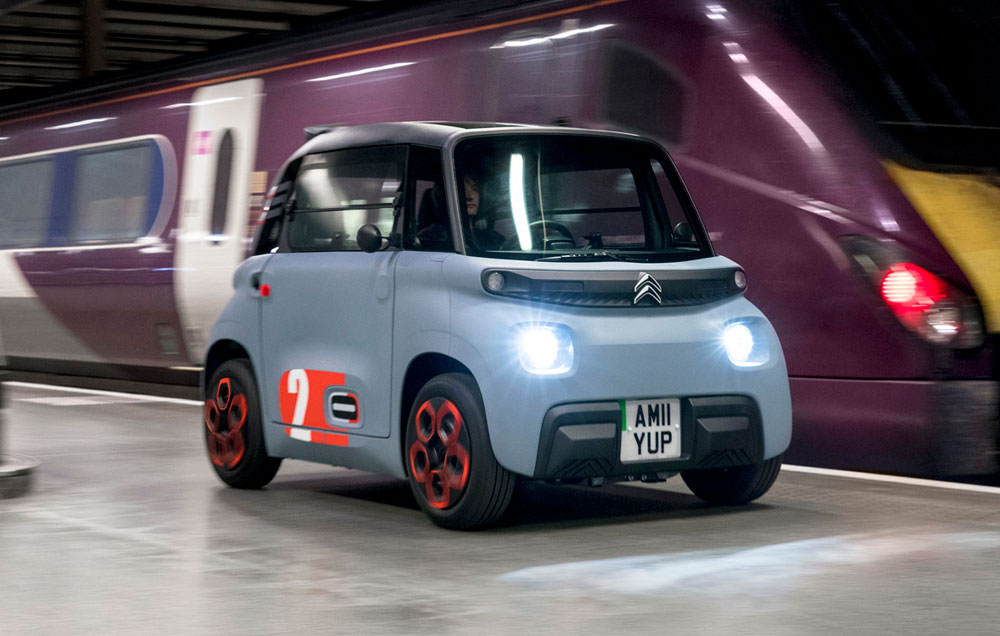
Citroen Feature Ami
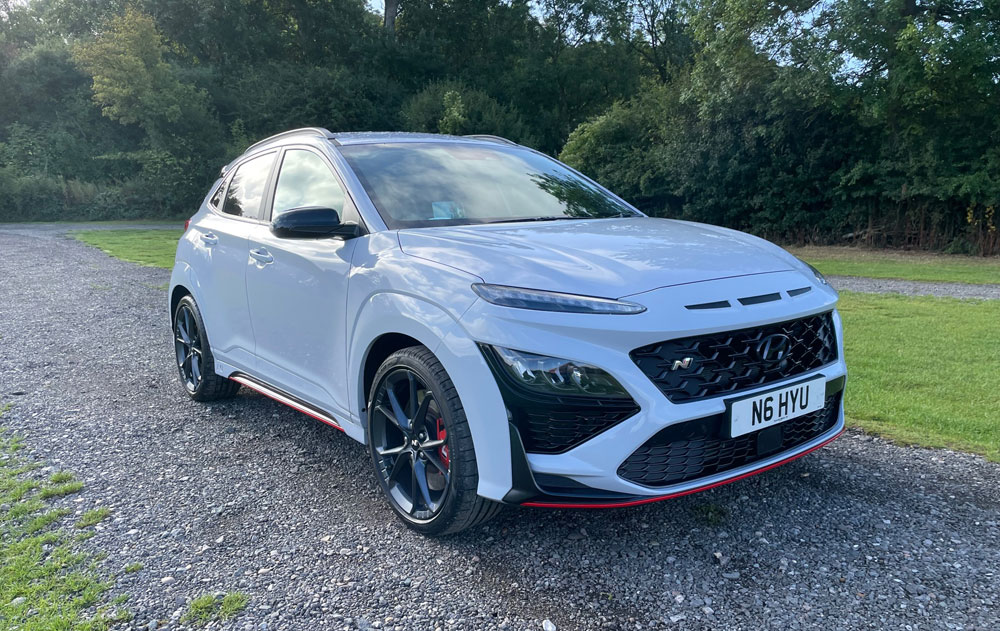
Hyundai Kona
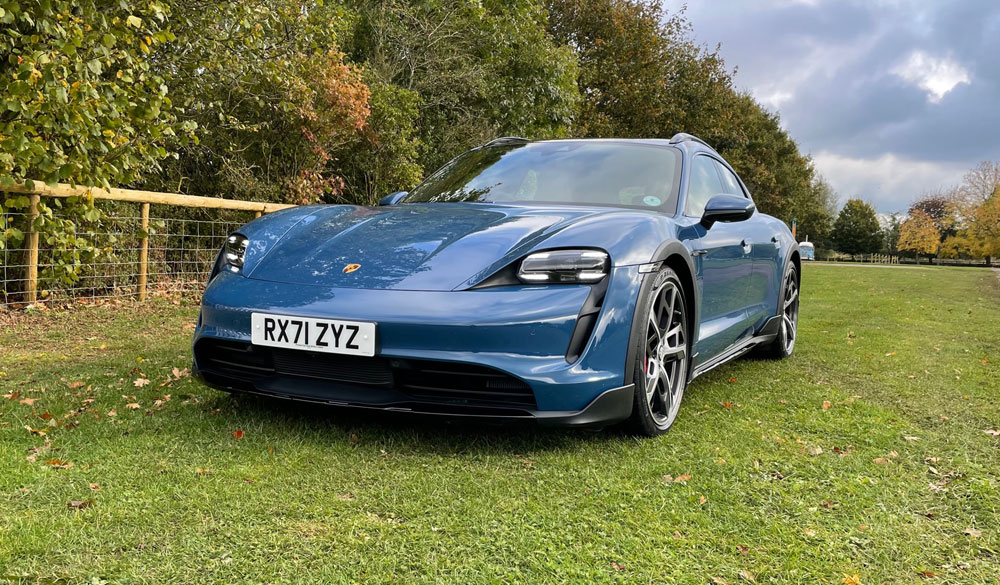
Highlighted Porsche Taycan
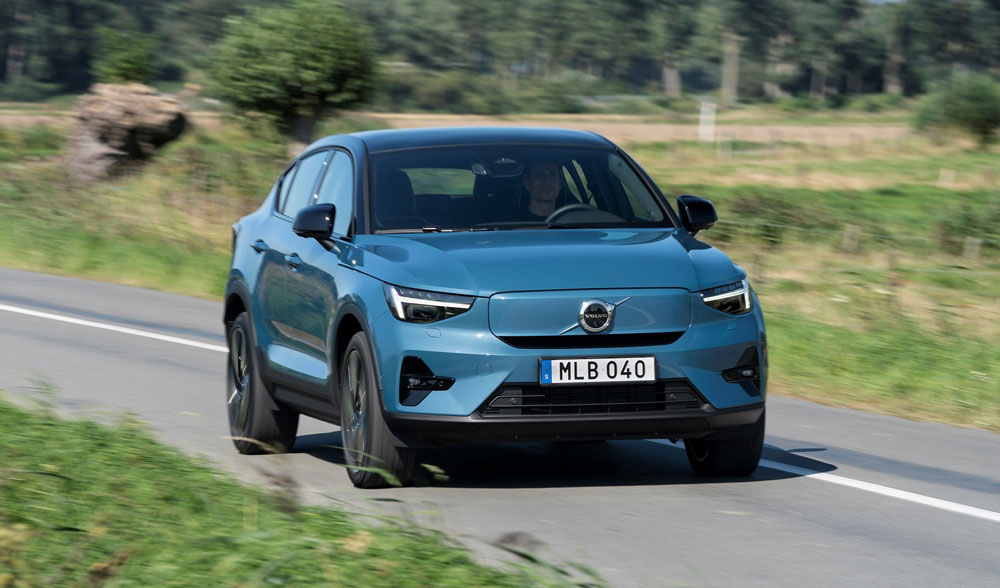
Highlighted Volvo C40
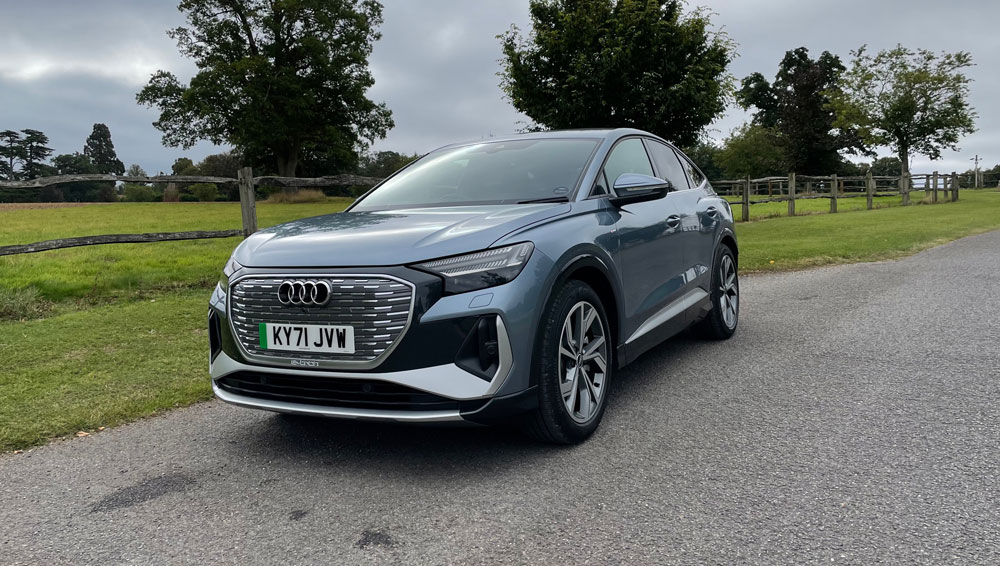
Audi Q4 e-tron
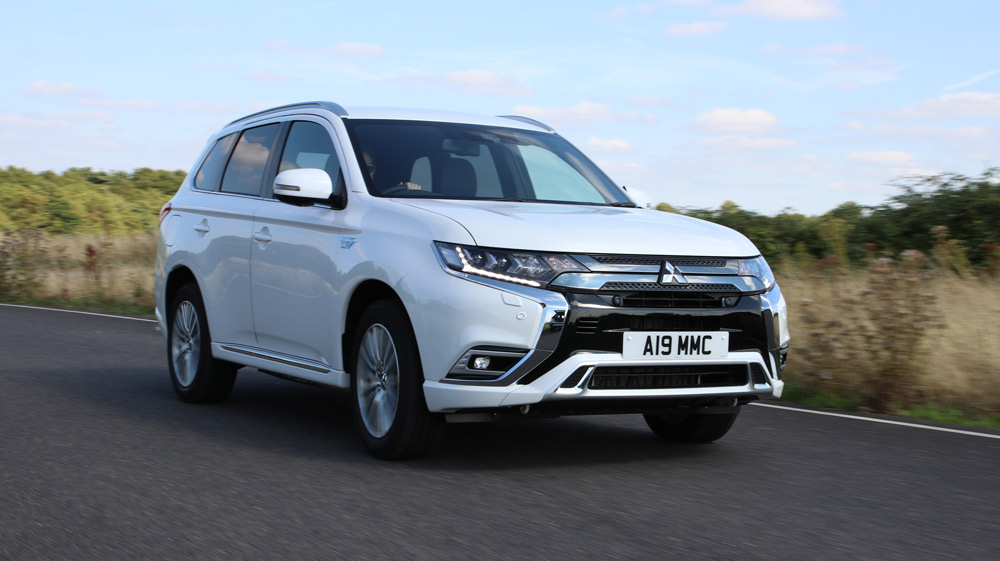
Mitsubishi Outlander
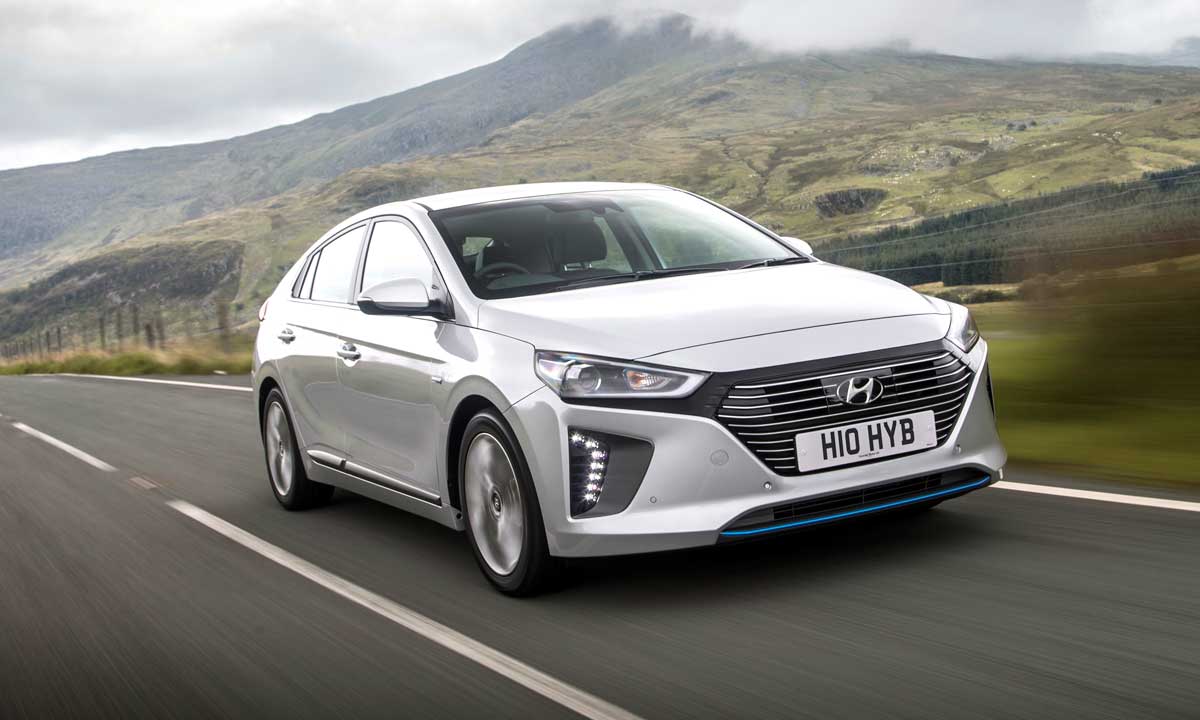
Hyundai Ioniq
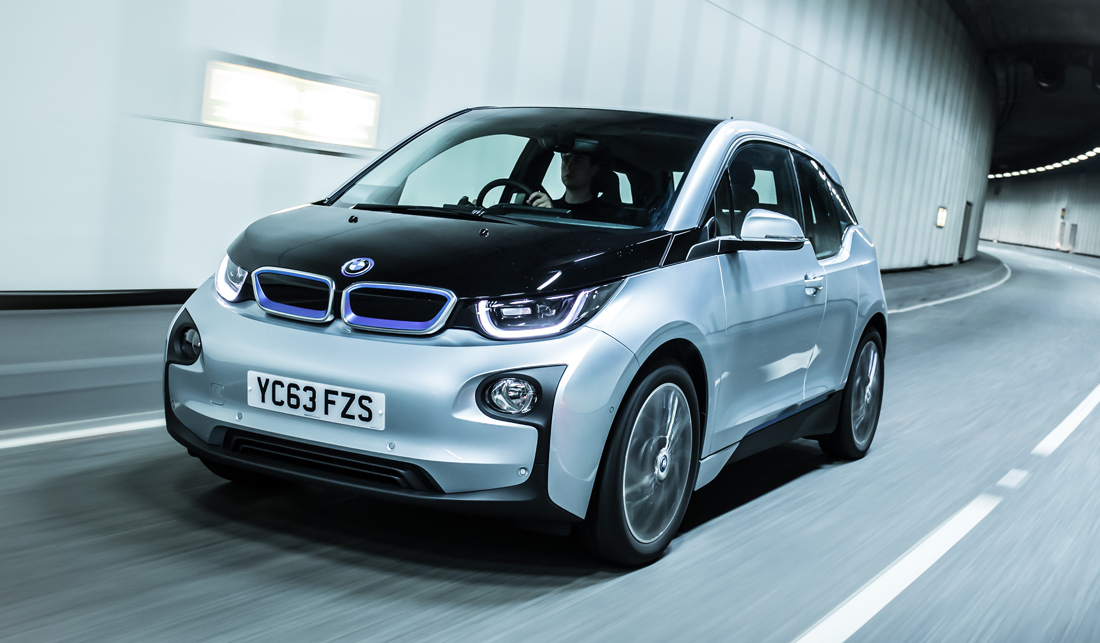
BMW i3
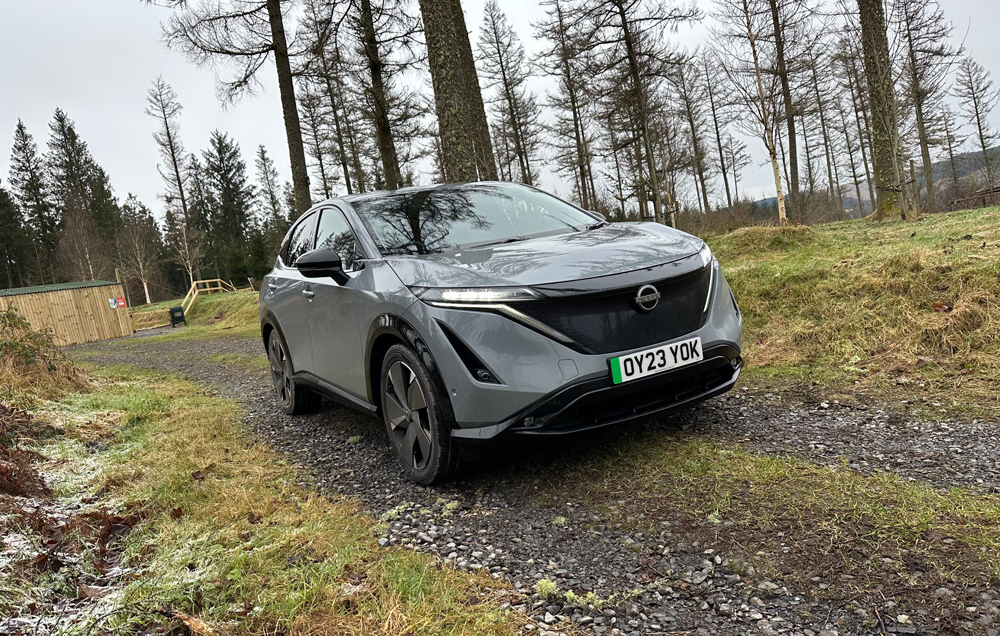
Nissan Ariya

Highlighted Kia EV6
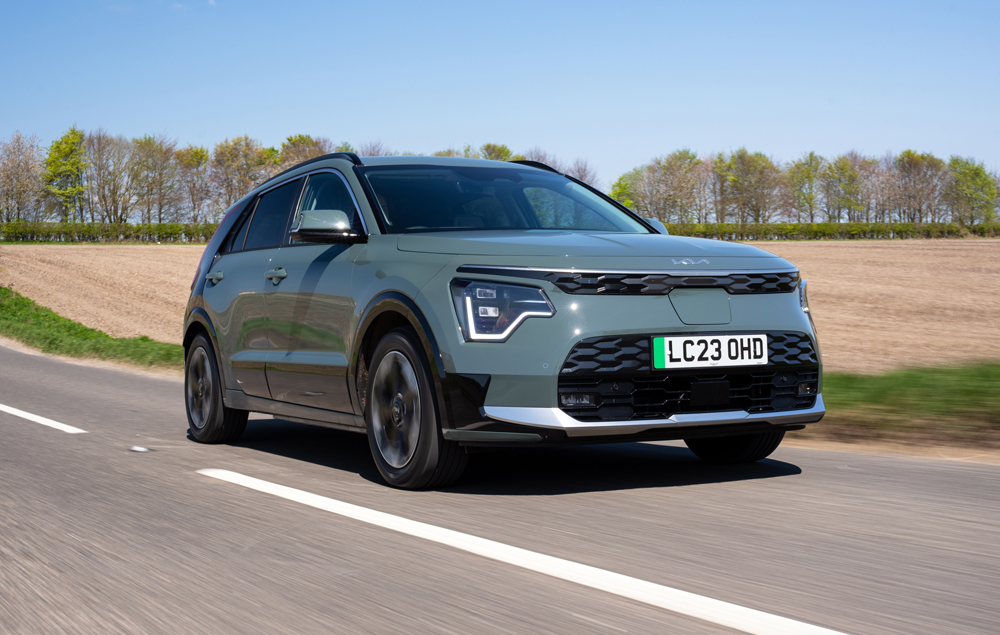
Kia Niro
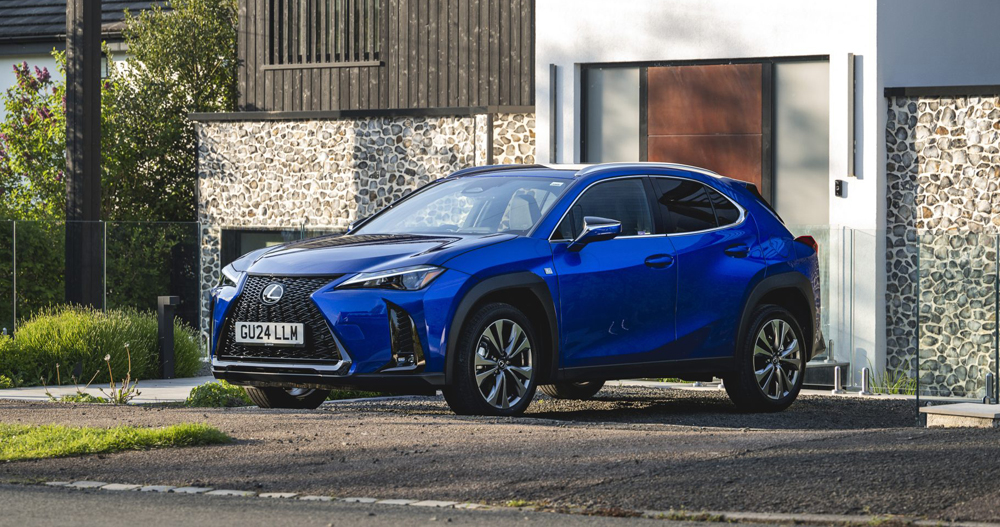
Highlighted Lexus UX
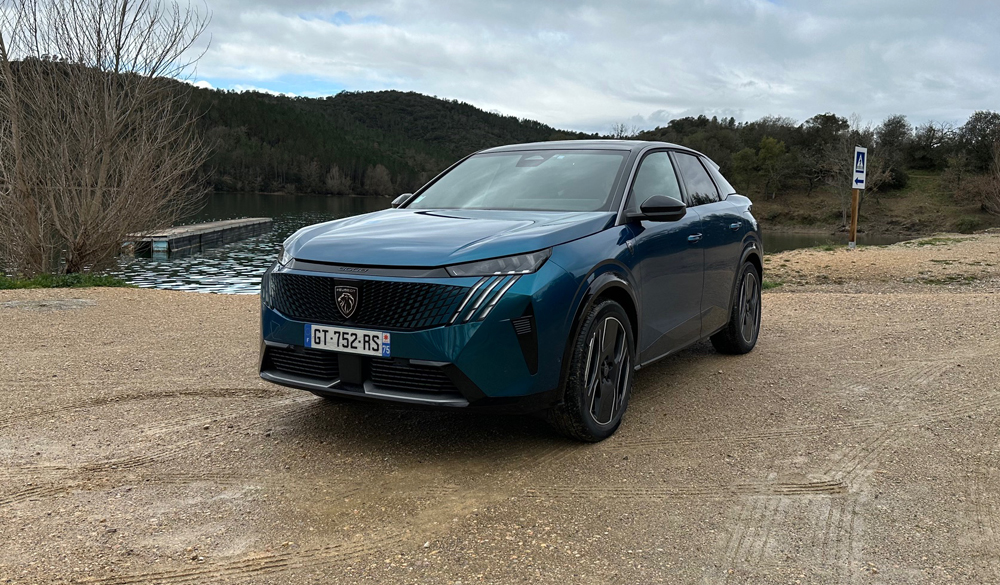
Highlighted Peugeot 3008/E-3008
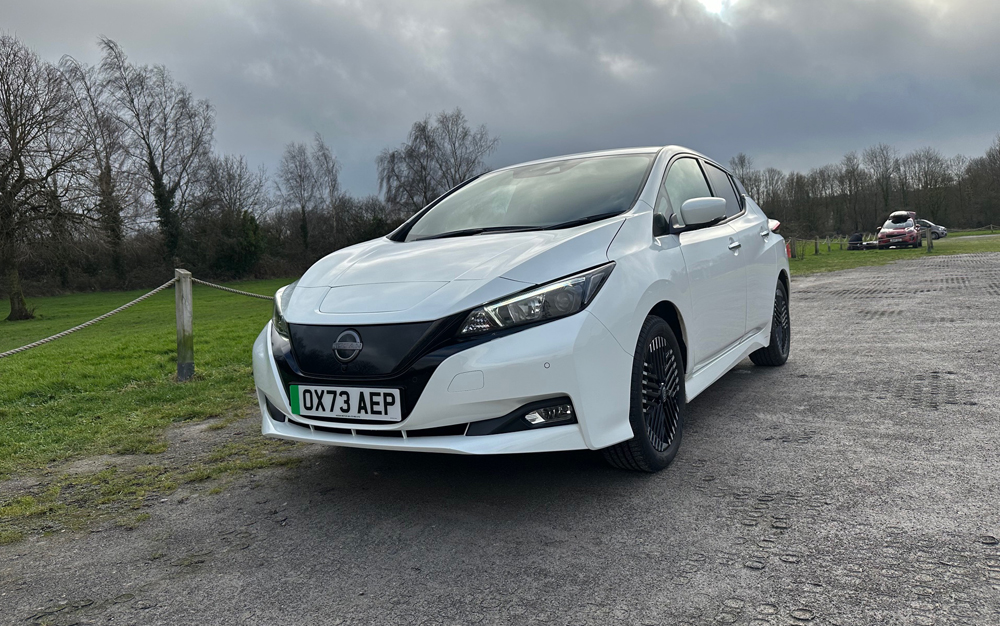
Nissan Leaf
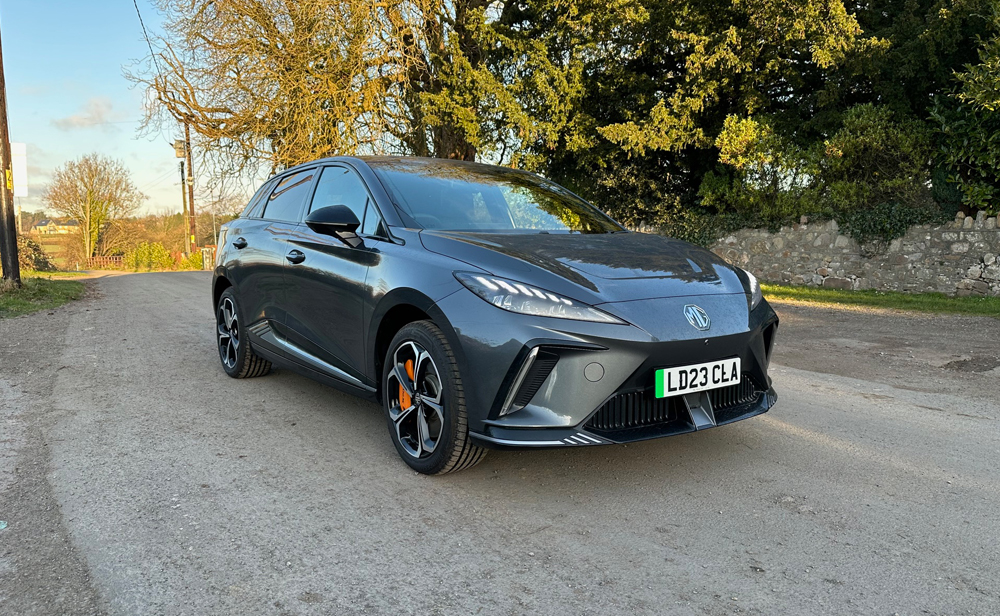
MG MG4
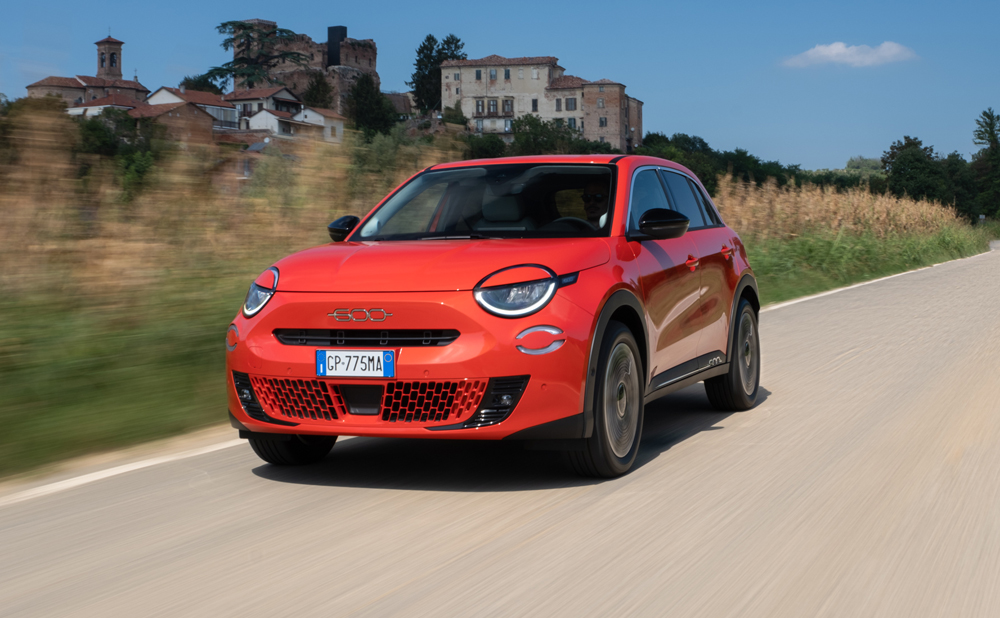
Fiat 600e
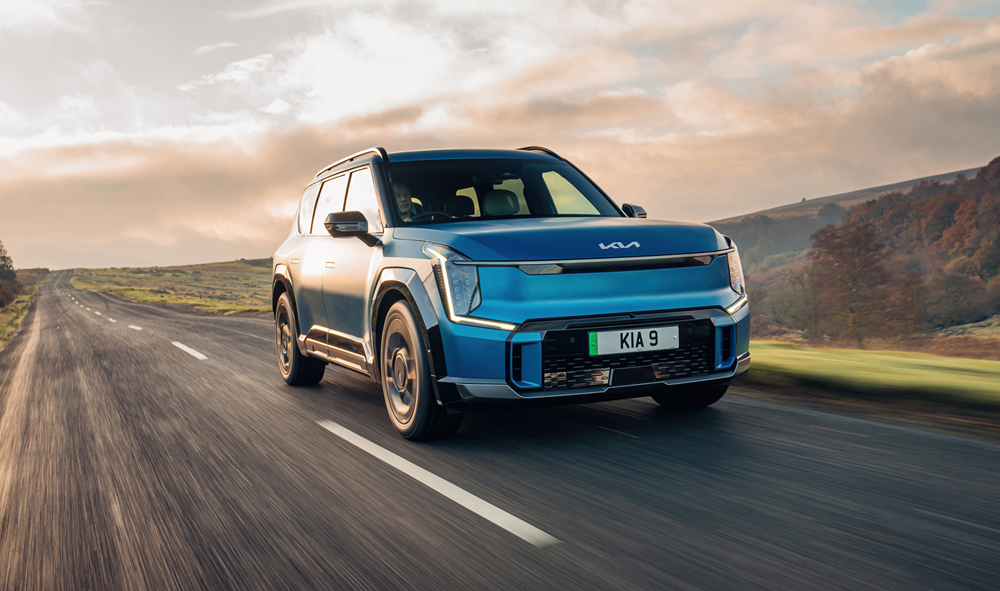
Kia EV9
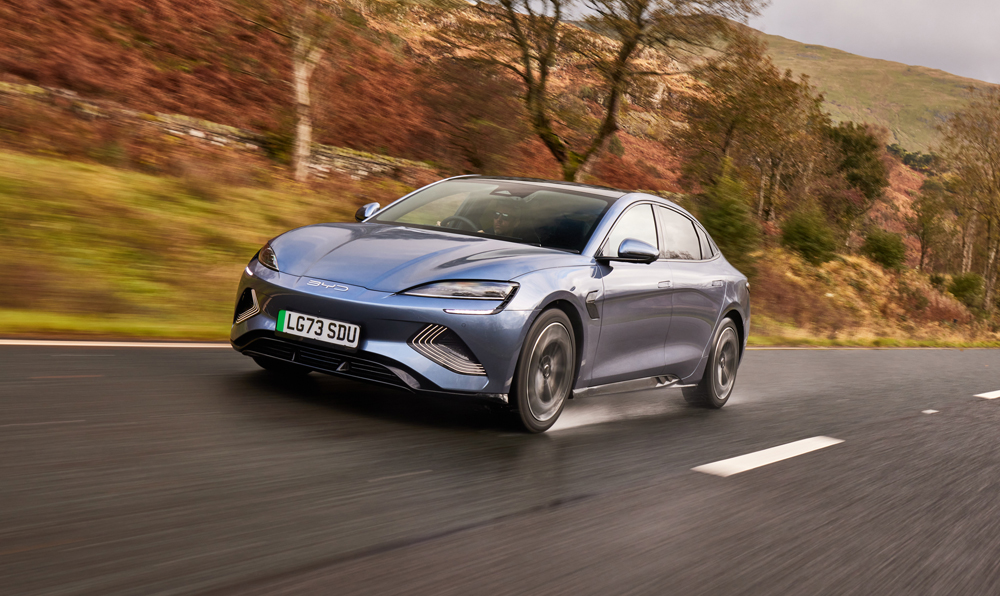
BYD Highlighted Seal
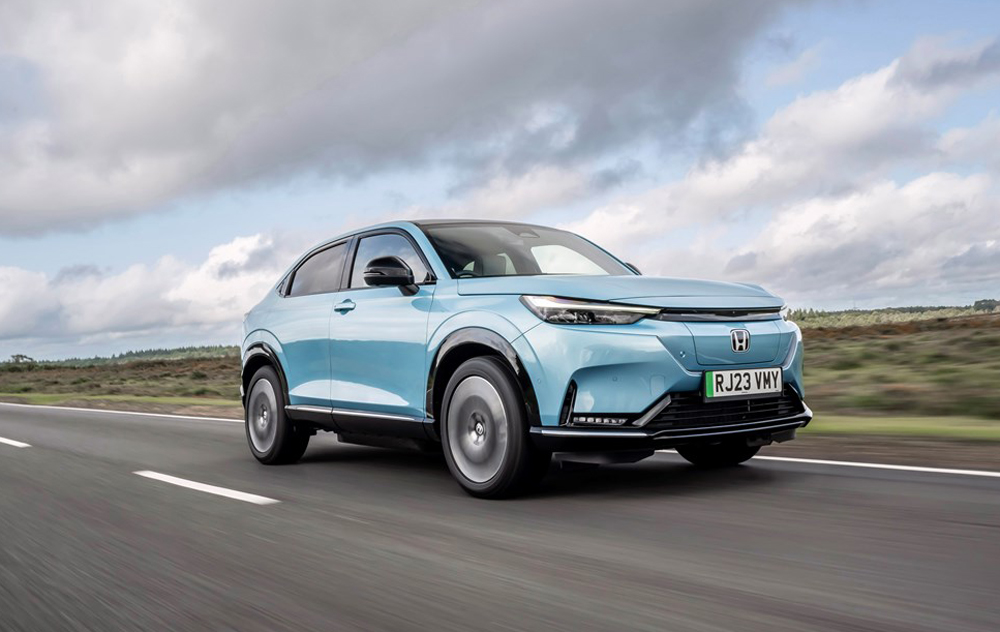
Highlighted Honda e:Ny1
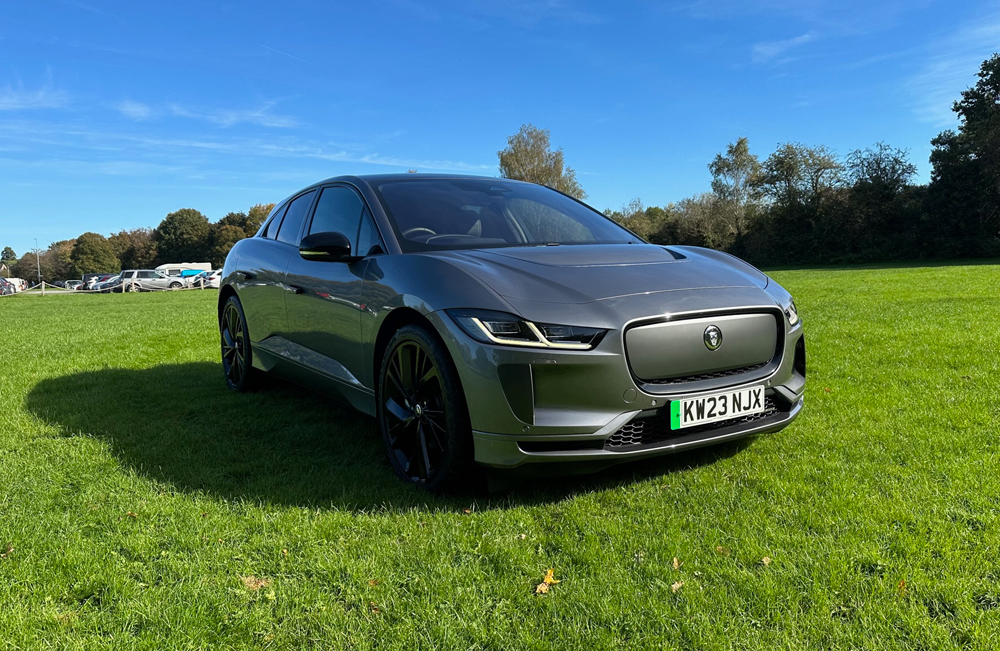
Jaguar I-PACE
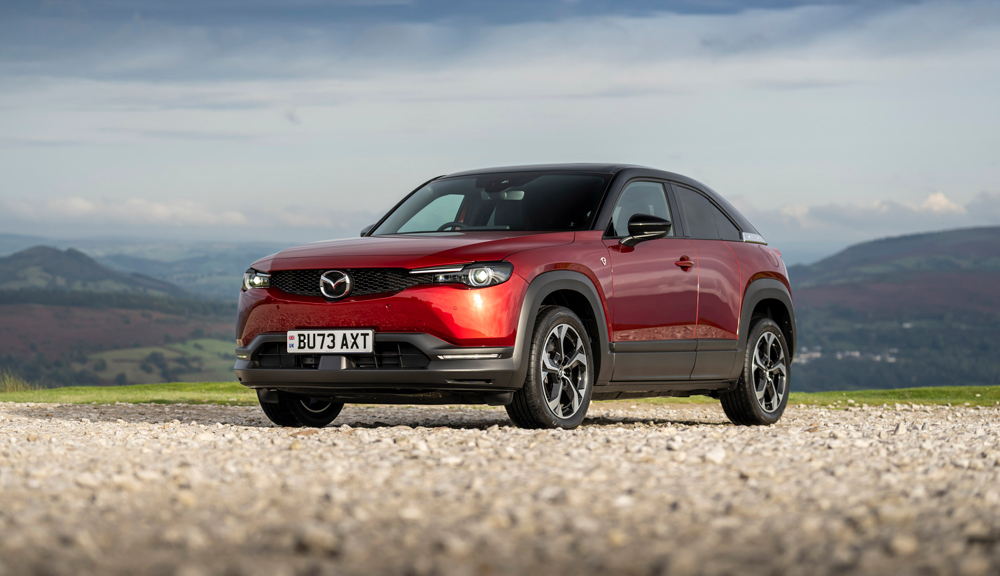
Highlighted Mazda MX-30

Audi Q8 e-tron
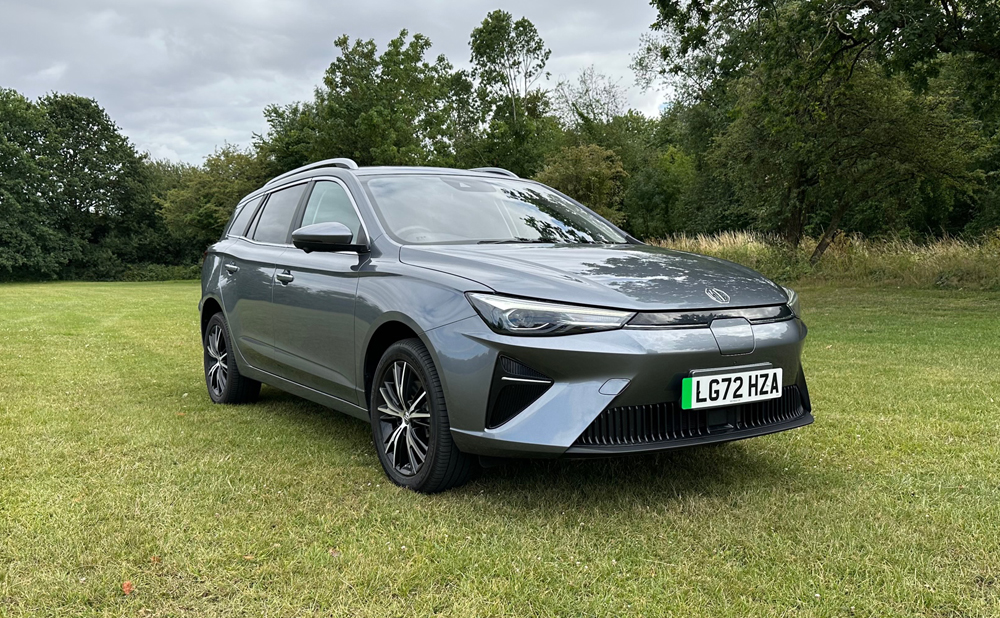
MG MG5 EV
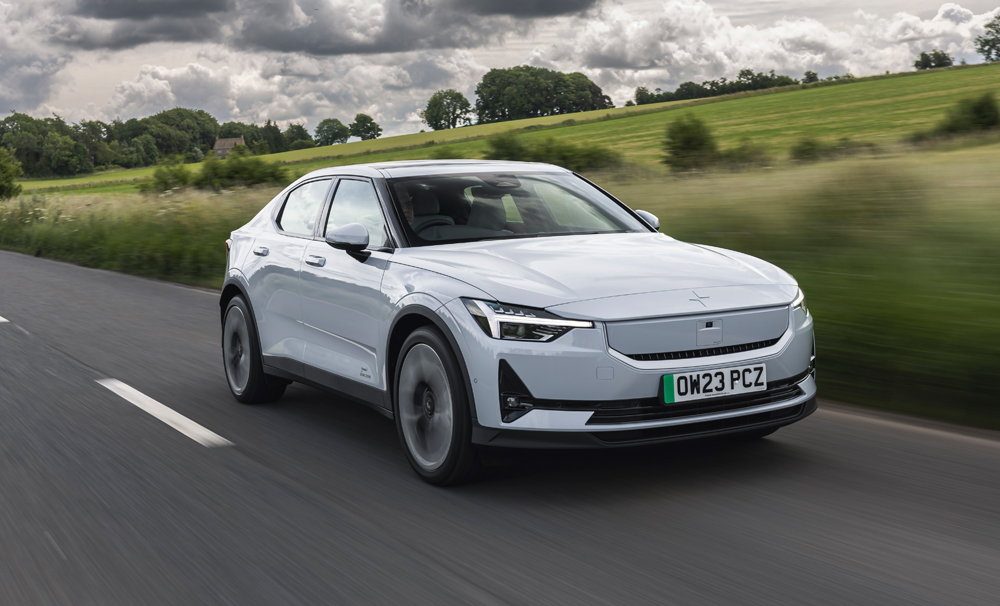
Polestar 2
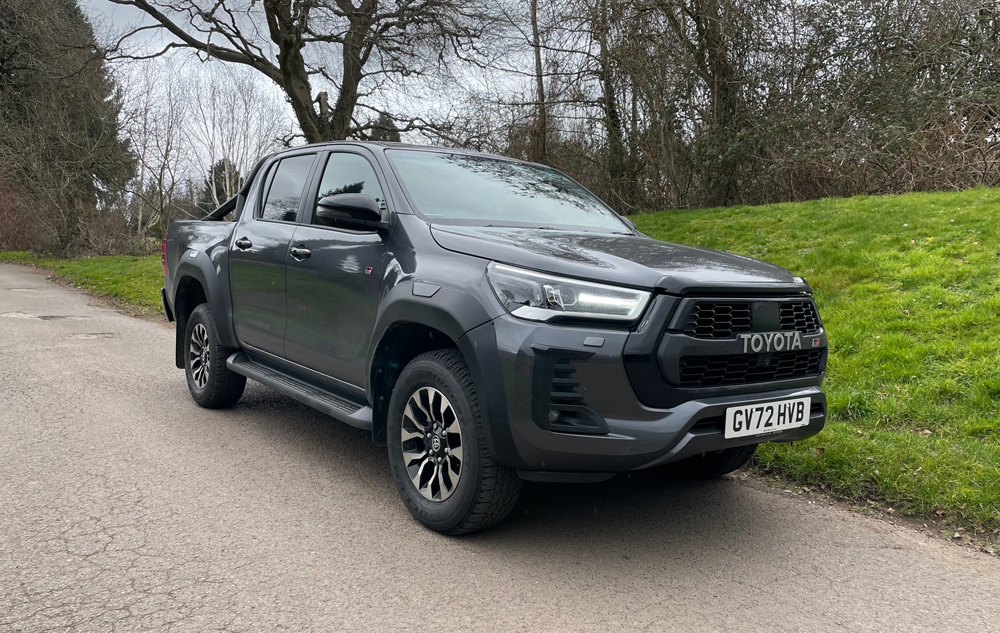
Toyota Hilux
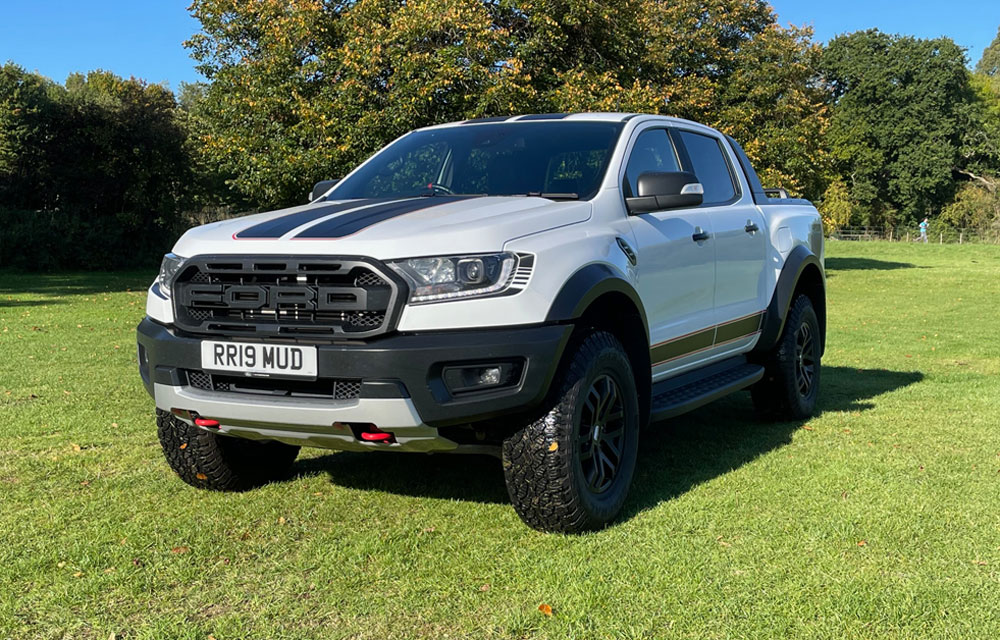
Ford Ranger

Highlighted Suzuki Jimny Commercial
